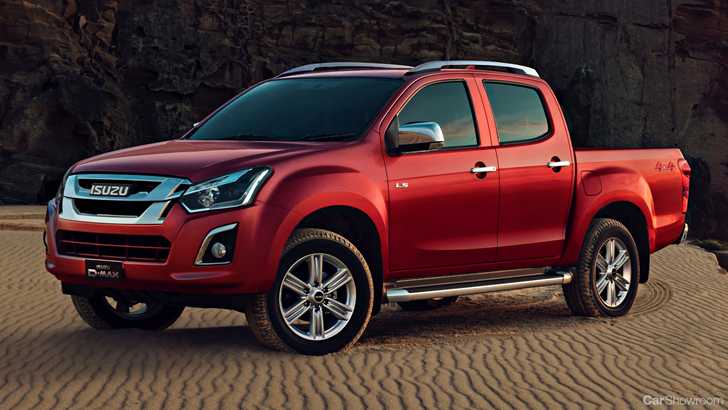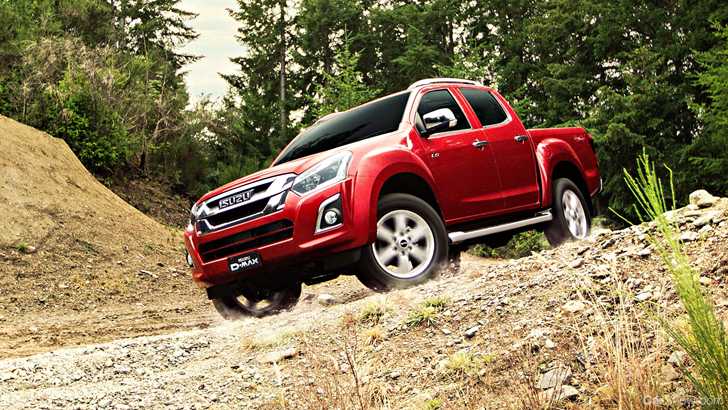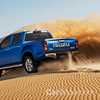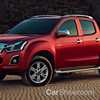The venerable ute gets a little more attractive.
While Isuzu’s loveable ute, the D-Max, might not be quite as desirable as the Ford Ranger or the Toyota Hilux, there’s a certain charm to it that’s made it one of Australia’s most popular choices in the 1-tonne ute segment. However, with competition hotting up from all corners, the Japanese company has sought to revise its offering of the D-Max and the related MU-X (essentially an SUV iteration of the D-Max) for the 2018 model year, adding a handful of features to make it that much more compelling.
The D-Max gains a new range-topping variant, dubbed the LS-T. Broadly, the LS-T dual-cab was first introduced to our market as the limited-run LS-Terrain. Thankfully though, the LS-T is going to be a permanent fixture on the lineup, aimed at cashed-up buyers that want a few more creature comforts from their pick-ups.
The D-Max LS-T gains things like 18-inch alloys wrapped in motorway-focused rubber, roof-rails, keyless entry and go, satellite navigation, and upholstery on the seats that uses genuine perforated leather on the seat centres and polyurethane faux-leather for everything else. The cabin also gets 2.1A USB points through the cabin (one in the back and two in the front), a feature that is also applied to the D-Max LS-M and LS-U, as well as the 2018 Isuzu MU-X.
The ute and SUV also share the offering of a new Magnetic Red Mica colour finish, while the ute also enjoys Cobalt Blue Mica and Graphite Grey Metallic.
The changes for the 2018 D-Max aren’t just skin deep, though. Isuzu has taken a long, hard look at the suspension setups for the SX, LS-U, and LS-T dual-cab variants and retooled them. So now there’s a 3-leaf rear spring jobbie in place of the old 5-spring setup, though that hasn’t compromised capability one bit. In fact, gross-vehicle mass is up 100kg for the 4x2 (2950kg) and the 4x4 (3050kg), while the low-riding D-Max SX gets an impressive 1349kg payload.
The electronic stability control system for the D-Max has also been revised on all but the SX to include a trailer-sway control system. This is critical for D-Max buyers as Isuzu claims half of D-Max owners use their cars to tow. They’ll also likely appreciate the new rear-bumpers and reverse cameras that are standard on all ute-body models.
D-Max buyers will also enjoy revised service intervals, that have been upped by 5000km between services, so they now stand at 12-months/15,000km (where they used to be 10,000kms and 12-months previously). Further, the 5-year warranty is supplemented by a 5-year capped-price servicing plan that works out to $2090 for 5-years/75,000kms.
If history tells us anything, the recommended retail prices of the Isuzu D-Max are merely a suggestion. The range officially starts at $28,600 for a 4x2 D-Max SX single cab chassis manual, and caps off at $54,700 for a 4x4 D-Max LS-T dual-cab automatic, though we’re pretty certain that you’ll be able to drive one home for less if you just ask nicely.
For more information on Isuzu, check out our Showroom.




























